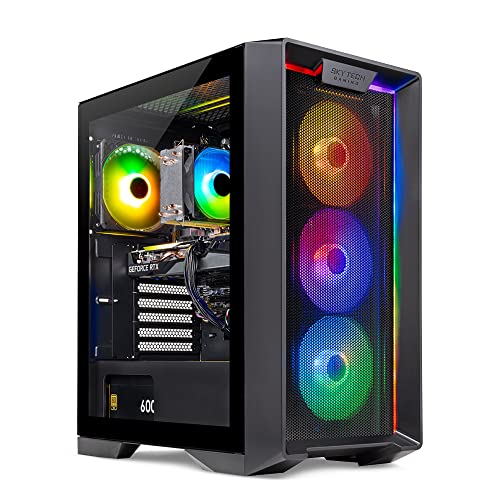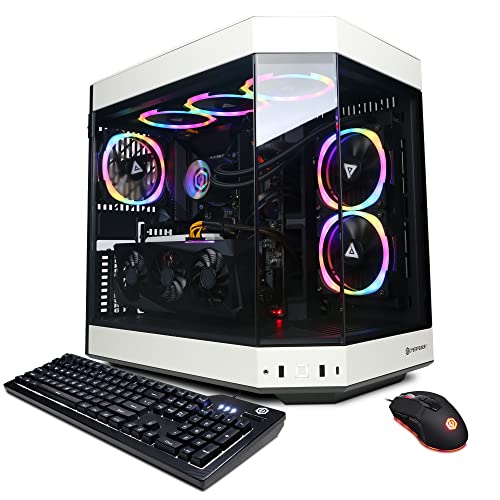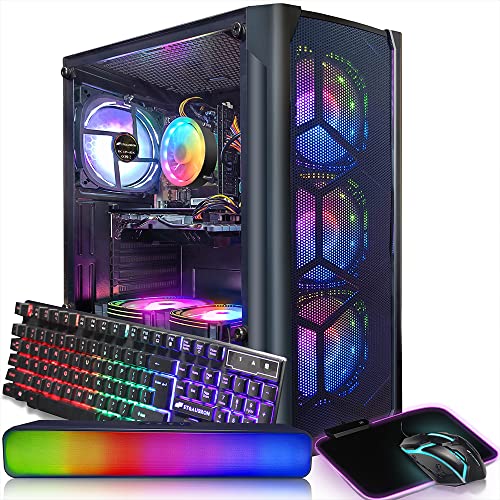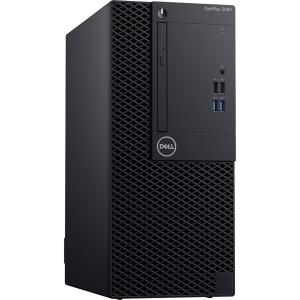**Introduction**
Interaction in virtual reality is evolving, and next‑generation input devices are transforming how users control and engage with virtual environments. These advanced devices go beyond traditional controllers by incorporating gesture recognition, haptic feedback, and full‑body tracking. This article explores the innovations in VR input technology and explains how they create a more intuitive and immersive experience across gaming, training, and simulation applications.
**Technological Innovations**
- **Gesture Recognition Systems:**
Advanced cameras and sensors capture natural hand and body movements, translating them into precise virtual actions.
- **Haptic Feedback Integration:**
Enhanced haptic actuators provide realistic tactile responses that mimic physical interactions, deepening immersion.
- **Full‑Body Tracking:**
Combining wearable sensors with external cameras, next‑gen devices capture comprehensive body motion for a lifelike VR experience.
- **AI‑Enhanced Input Processing:**
Machine learning algorithms optimize input accuracy and reduce latency, ensuring that gestures and movements are reflected immediately in virtual environments.
**Applications and Benefits**
- **Immersive Gaming and Simulation:**
More natural input devices create lifelike interactions in games and virtual simulations, enhancing user engagement and spatial awareness.
- **Virtual Training and Education:**
Detailed motion tracking enables realistic training scenarios—in fields such as medicine, aviation, and sports—improving overall effectiveness.
- **Accessibility Enhancements:**
A range of input modalities makes VR more accessible to individuals with different abilities, broadening its utility in various fields.
- **Enhanced Creativity and Productivity:**
Intuitive control mechanisms allow designers and developers to interact directly with virtual content, streamlining creative workflows.
**Future Directions**
Future VR input devices may incorporate biometric feedback and advanced machine learning for predictive responses, tailoring interactions to individual user profiles. Integration with wearable technology and spatial computing platforms will further enhance the immersive potential of VR input systems.
**Keywords:** VR input devices, gesture recognition, haptic feedback, full‑body tracking, immersive VR, intuitive interaction, AI input processing, virtual training, next‑gen VR controls
Next‑Generation VR Input Devices
Bridging the Gap Between Motion and Interaction
Related Articles
Essential High-Performance PC Components You Need Now
Upgrade your setup with the must-have parts for unbeatable gaming and productivity
Top Picks for Best High-Performance PCs
Find the perfect power machine for gaming, work, or creative projects
Your Guide to the Best High-Performance PCs
Find the Right PC for Your Gaming and Creative Needs
View our related products
See more






